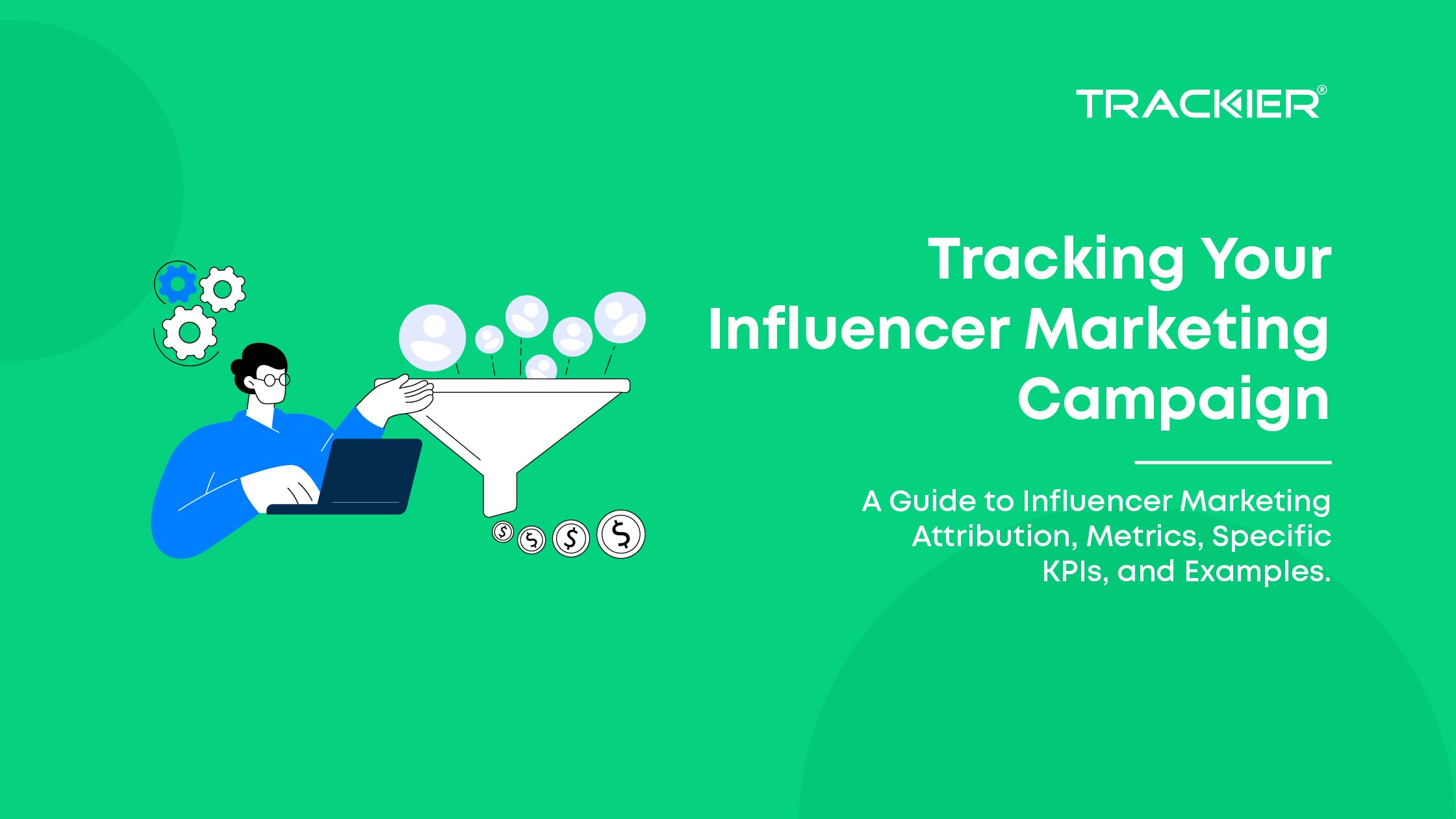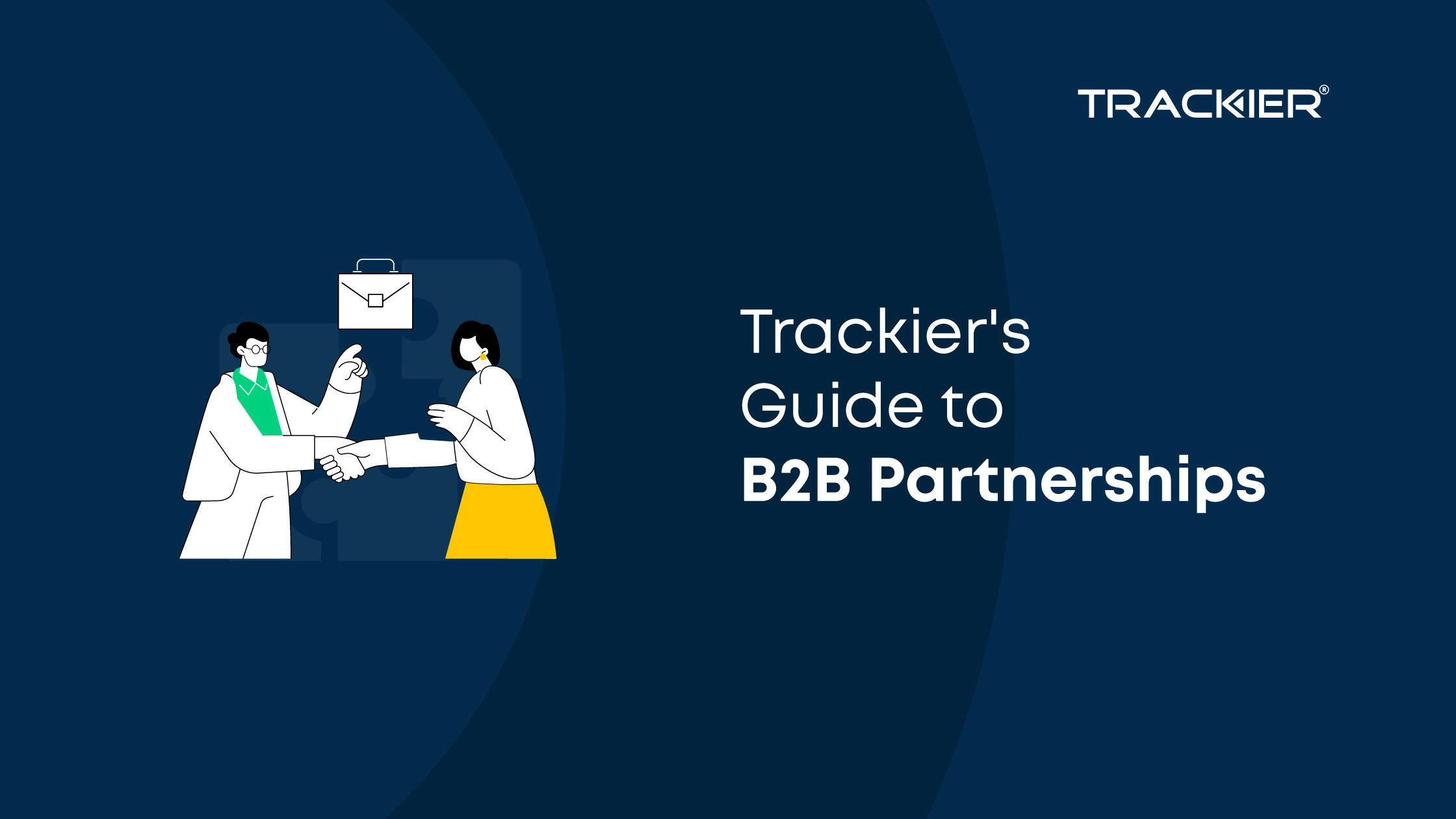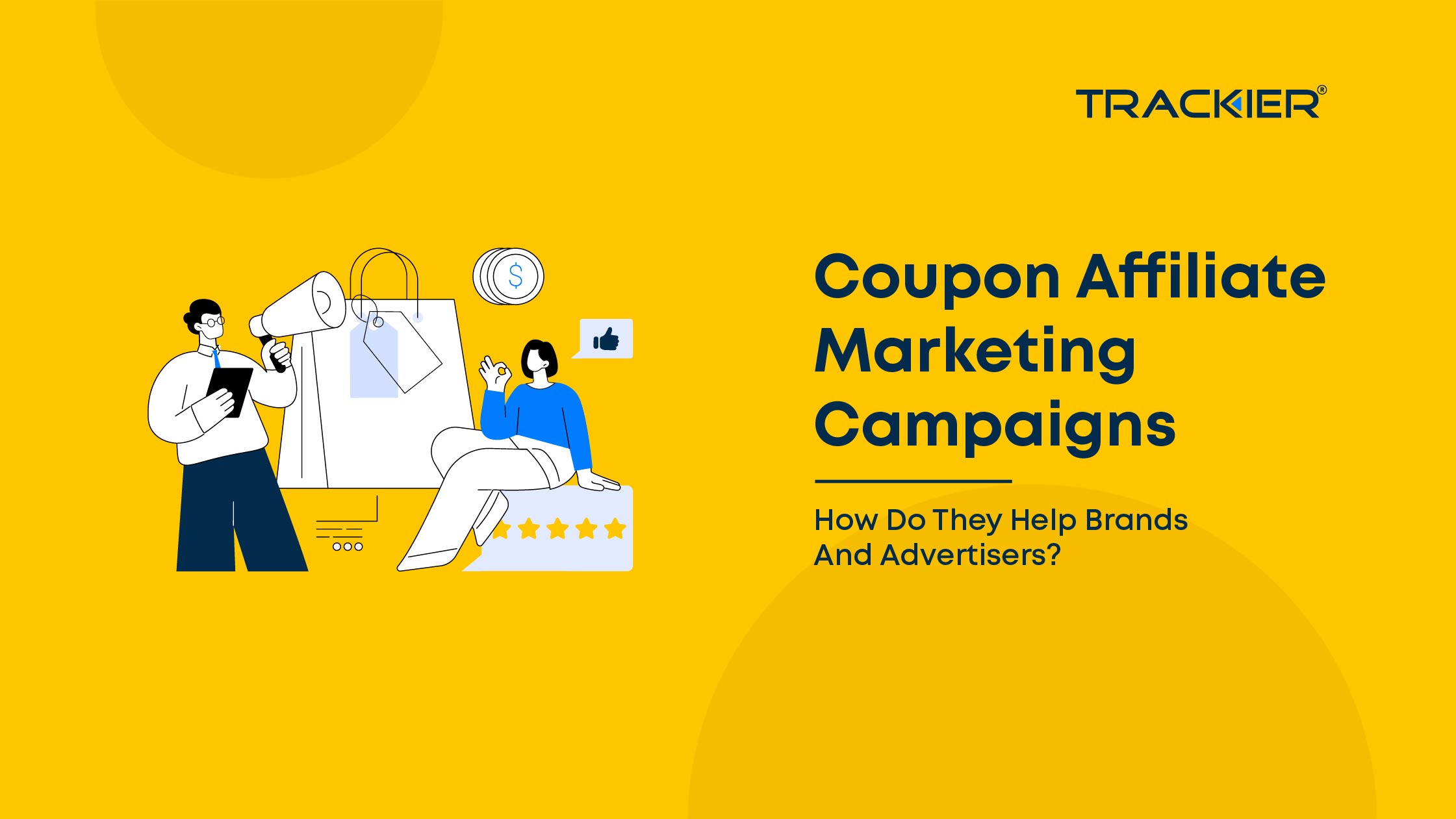One of the many things that make Apple different from its competitors is Change. Apple is evolving continuously, and the last few years proved to be a true game changer for this brand. It was in the year 2020 when they first introduced Apple’s iOS 14, and in a span of just 8 to 9 months in April 2021, they roll out iOS 14.5. However, they didn’t stop expanding and experimenting there and gifted the world with iOS 16.
And because Apple is contributing to the ever-evolving landscape, How would Trackier stay behind? We at Trackier have been researching the best strategies and building world-class ad tech solutions adapting to the new privacy-centric model of data analysis and attribution, including optimizing for high App Tracking Transparency (ATT) opt-in rates.
Today, we are writing this blog to help our readers understand the significance of A/B testing and what processes you must settle on. Moreover, we highly encourage you to keep reading the blog till the end as we have included additional details related to the designing aspects of the websites. These & Don’ts will be proved extremely beneficial to you in the long run as you can optimize your strategies accordingly.
User Perceptions Of Data Privacy
Everybody loves personalization. A recent study conducted on existing users’ behavior showed that people are getting more inclined towards tailored advertising than conventional advertising approaches. They are impressed with the way brands are using personalized texts or the algorithm is showing them the products in the advertisements which they wanted to buy or the services they want to avail of.
While a majority of people are comfortable with the tailored advertising. There exists a number of users that do not embrace these new approaches.
- Only 17% of people feel uneasy with tailored offerings.
- Only 15% of people find customized goods and services uncomfortable.
And it’s become important for brands and their marketers to acknowledge this dedicated portion of their consumers who are concerned about their privacy being hindered. Salesforce, an American cloud-based software company polled over 8,000 people to determine the actual definition of trust for them. Among them 75% of the interrogated respondents pick “privacy” and 70% chose “transparency”. All this selection clearly states how closely trust and privacy are related to each other as well as how clearly privacy regulations are conveyed to them.
All brands and mobile marketers must learn the benefits of why they should pick the opting-in to consumers. Why? Because a majority of their users are comfortable with receiving personalized ads. And Opting in will give them the liberty to get a customized user experience with fewer but more relevant advertisements. Also, the industry is getting better and more consumers are understanding what the request to allow tracking ( ATT Prompt ) actually means.
How To Decide On The Best Privacy Method To Opt For?
Businesses have their own website and mobile applications, especially, display or send the privacy notification to outline or let the user know how they would handle their data in the future time. This also helps them to learn how it is related to various data protection laws such as the GDPR or ESG laws. On studying and observing a few businesses, we observed that:
- Some applications allow users to take complete data control by providing them with detailed opt-in choices.
- Some restrict them by not sharing details of their collaborators.
- A third category of apps employs an “all in” or “all out” strategy allowing them to choose whether they wanted to share their data with each other or not.
If you would ask us, we will advise companies to follow the first strategy and be as open and transparent to their users as possible. You may use the required and attention-grabbing content or infographics to let your users know why they must trust you by sharing their details.
Grouping
Many businesses questioned whether it would be possible to serve the ATT prompt request with other privacy notices when iOS 14 was initially released. While a pre-permission prompt is fully Trackable, only the second string of the ATT prompt is, and no extra notices may be added. It’s also important to keep in mind that users cannot be pressured into responding by having opt-in checkboxes already selected or by having an opt-in CTA.
According to one study, providing users with two ways to provide consent and phrasing the message positively increases the likelihood that they will opt in, as seen in the example below. It’s crucial to keep this kind of positive framing in mind while discussing privacy notices in general. You should accentuate the advantages.
A/B Testing
By contrasting two opt-in tactics and gauging their effectiveness, A/B testing is an excellent way to examine your solution.
We advise you to do an A/B test before showing your opt-in message as a solo message or bundling it with the GDPR privacy notice at pre-permission levels. Don’t forget to imitate Apple’s ATT pop-up once a user accepts your opt-in message.
Below, we’ve detailed test rounds with several components to aid you in developing a research strategy.
Then, by adding other factors, you can build on these findings. For instance, if a privacy notice bundle that includes the Apple request is more effective, you might investigate the impact of various language or design choices on opt-in rates. As an alternative, you can evaluate the timing of when it’s served if you discover that displaying a solitary request (such as a pre-permission prompt or the Apple pop-up) was more successful.
You might also think about utilizing log-linear analysis to assess the effects of multiple variables on opt-in rates if you have a sizable user base and sufficient resources. Additionally, we advise assessing how frequently you provide your opt-in strategy to consumers who didn’t initially opt in.
You can investigate whether certain user segments have statistically significant effects. It’s possible that users from one location opt out more frequently than users from another, or that opt-in rates for new users are higher than for existing users. With this information, you may move a step closer to dynamically changing your approach to raise opt-in rates.
To interpret the results of any A/B testing, you should compute a confidence interval. This helps in determining the range in which the actual opt-in rate would fall if the test were run with all of the users of your app.
Speak With Your Users To Learn About Their Interest
Though A/B Testing and regression analysis are helpful in determining what will help in increasing the user opt-in rates, they failed to provide valuable insights on how these strategies work. Talking and interviewing your users through in-depth conversations in person, over mail, or through texts would be a solution to rectify your decision-making processes.
You must talk to both types of users, who have opted in or are likely to do so and those who have denied and decided to opt-out. This will help you gain valuable insights. This analysis will refine your marketing strategy by understanding the preferences and perspectives of your targeted users. All these factors will work as a filter and will help in increasing your opt-in rate for betterment.
Summary
In the current time where everything has turned online and mobile has become everyone’s first trusted companion, keep user data safe and private must be the brand’s first policy. At Trackier, we understand this all and recommend every business, brand, and mobile app owner, and who so ever is collecting user data must know how to handle it safely and securely. They must educate or interact with their customers about the safe privacy policy.
With iOS 16, Apple has supposedly done better and matched the expectation of users by giving them ATT prompt and other opt-in benefits. However, by A/B testing and talking to them, they can take this game to the next and ultimate level with no online policy or privacy breach.
Hope you like this article of ours. If you have any questions or queries, feel free to reach out to our team. Till then you can read other blogs or also try our dedicated MOBILE MEASUREMENT PARTNER, that helps in making attribution easy for everyone.














